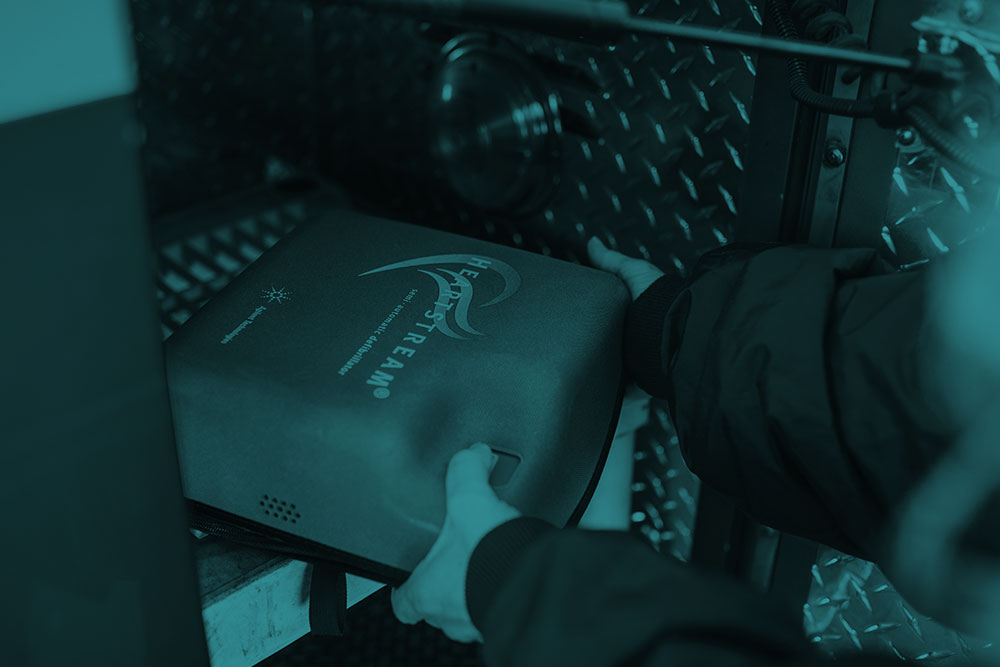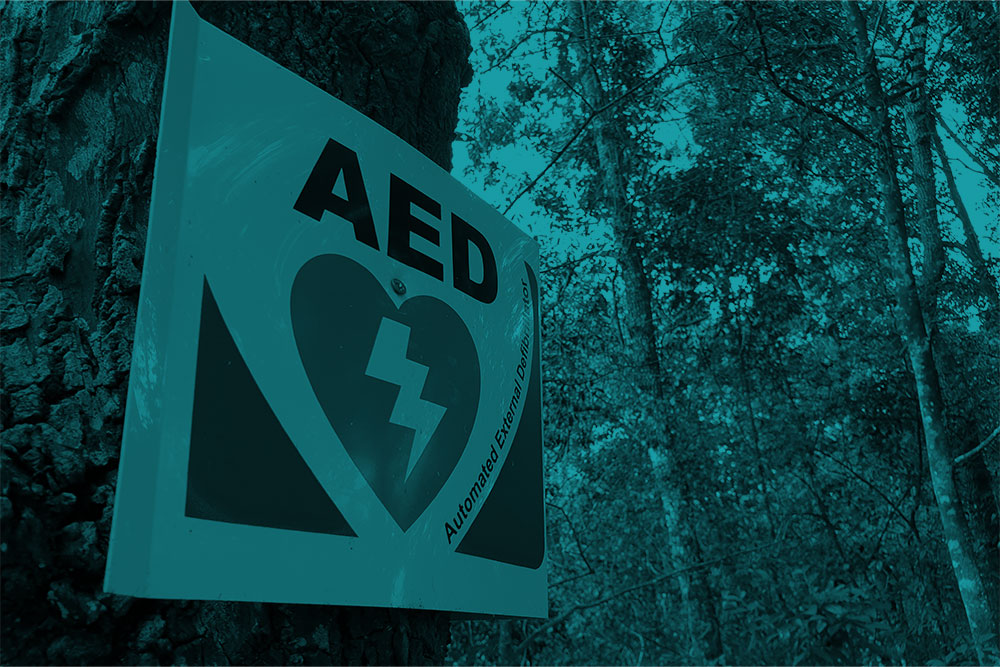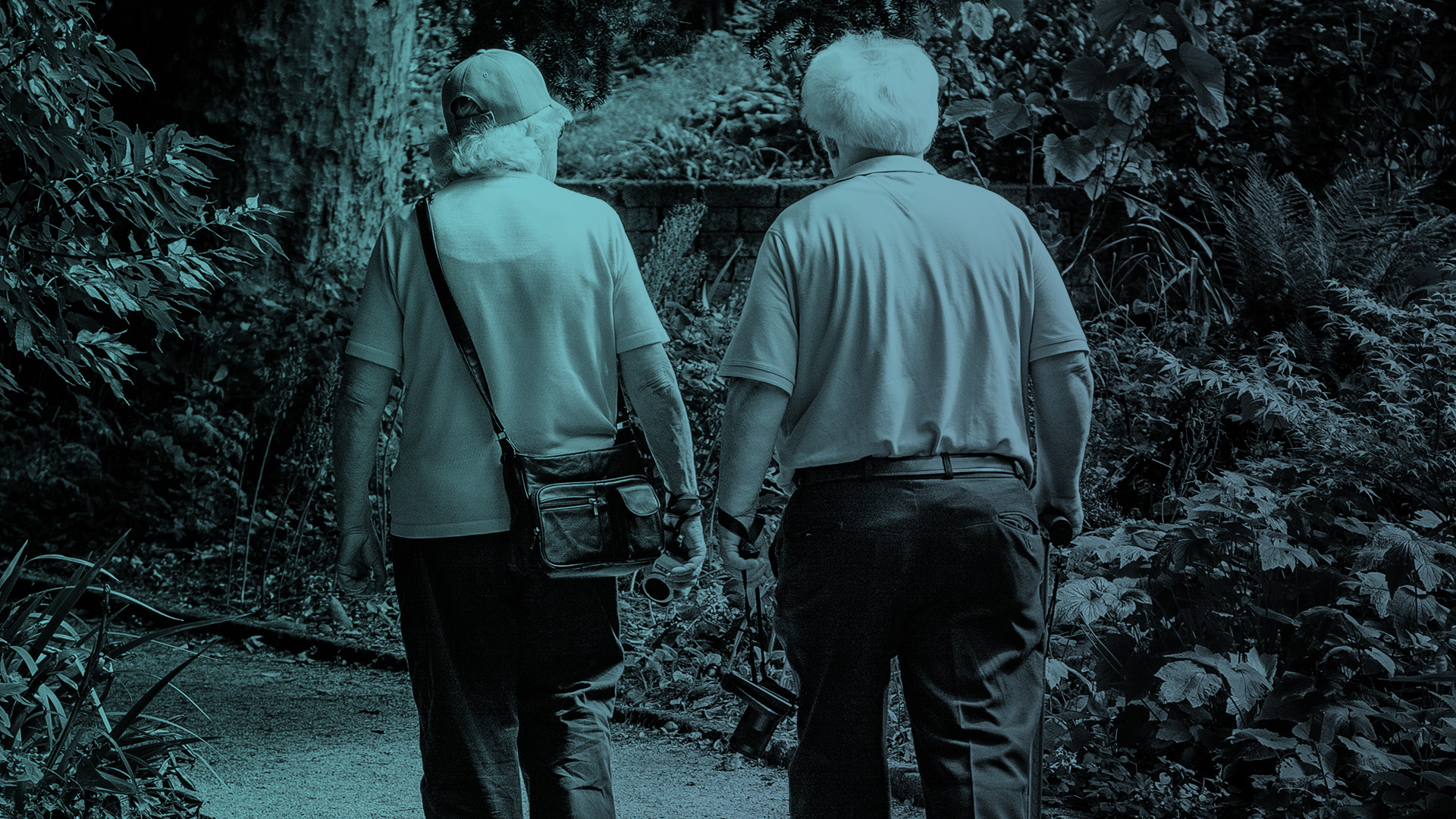Abstract
Aim: To examine incidence and outcome following out-of-hospital cardiac (OHCA) arrest in a high-risk area characterised by high density of potential bystanders and easy access to nearby automated external defibrillators (AEDs).
Methods: This retrospective observational study investigated pre-hospital and in-hospital treatment, as well as survival amongst persons with OHCA at Copenhagen International Airport between May 25, 2015 and May 25, 2019. OHCA data from pre- and in-hospital medical records were obtained and compared with public bystander witnessed OHCAs in Denmark.
Results: Of the 23 identified non-traumatic OHCAs, 91.3% were witnessed by bystanders, 73.9% received bystander cardiopulmonary resuscitation (CPR), and 43.5% were defibrillated by a bystander. Survival to hospital discharge was 56.5%, with 100% survival among persons with an initial shockable heart rhythm. Compared with nationwide bystander witnessed OHCAs, persons with OHCA at the airport were less likely to receive bystander CPR (73.9% vs. 89.4%, OR 0.33; 95% CI, 0.13-0.86), more likely to receive bystander defibrillation (43.5% vs. 24.8%, OR 2.32; 95% CI, 1.01-5.31), to achieve return of spontaneous circulation (78.2% vs. 50.6%, OR 3.51; 95% CI, 1.30-9.49), and survive to hospital discharge (56.5% vs. 45.2%, OR 1.58; 95% CI, 0.69-3.62).
Conclusion: We found a high proportion of bystander defibrillation indicating that bystanders will quickly apply an AED, when accessible. Importantly, 56% of all persons, and all persons with a shockable heart rhythm survived. These findings suggest increased potential for survival following OHCA and support current guidelines to strategically deploy accessible AEDs in high-risk OHCA areas.
Full article;










